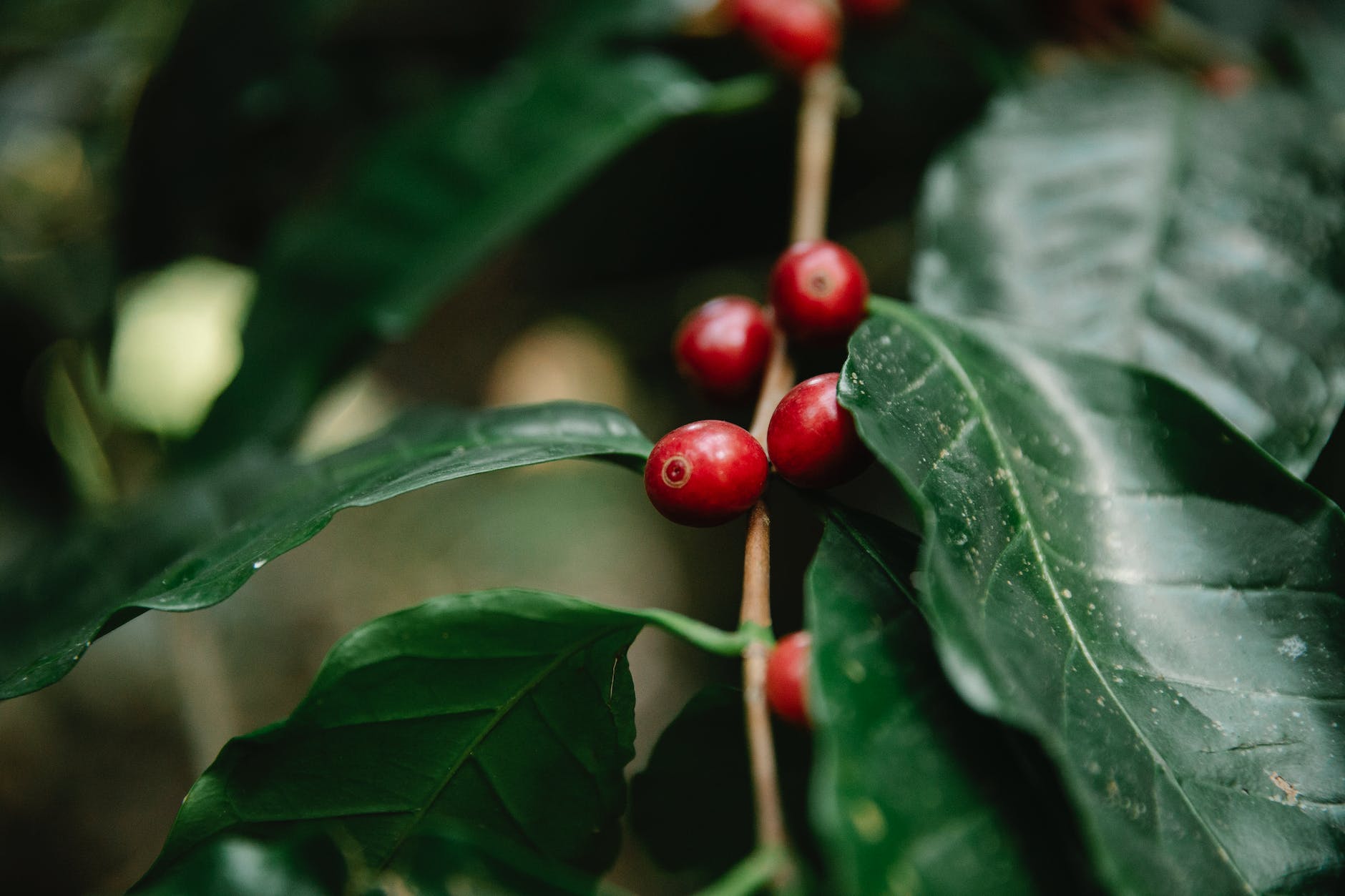Bird-friendly, shade-grown coffee is superior to sun-grown coffee.
Coffee grown in shade has mature trees, shrubs and flowering plants. The coffee beans ripen more slowly, which can give it a better flavor. Also, growing in the shade instead of clear-cut areas prevents deforestation, increases biodiversity of many plants and animals, and is better for local workers. Research has shown that shade-grown coffee is better for birds.

Farms certified as shade grown:
- Increase density and diversity of bird species
- Sustain wintering areas for migration
- Improve bird health and habitats
To be certified, farms need to meet criteria about the size and types of trees on their land.
https://nationalzoo.si.edu/migratory-birds/bird-friendly-farm-criteria
DENSITY
Research showed that farms in the Venezuelan Andes supported up to 14 times the density of migratory birds compared to local primary forest (Bakermans et al. 2009).
ABUNDANCE & DIVERSITY
In Guatemala, shade-grown farms had 30% more bird abundance and 15% greater diversity in shade vs. sun farms. (Greenberg et al. 1997).

BETTER WINTERING GROUNDS
The shaded coffee farms provide better environment for migratory birds. A study showed that wintering Cerulean Warblers returned to the same shade grown coffee farm in Santander, Colombia, showing that the area had good food sources and overall sustainability. (Bakermans et al. 2009)
TASTES BETTER
Although shade-grown coffee takes longer to grow, the extra time to ripen develops a more complex flavor than normal coffee.
FINDING SHADE GROWN
Look for these logos to find bird-friendly, shade-grown coffee:
References
Bakermans, M. A. Vitz, A. Rodewald, and G. Rengifo, 2009. Migratory songbirds use of shade coffee in the Venezuelan Andes with implications for conservation of cerulean warbler. Biological conservation 142:2476-2483.
Greenberg, R. , P. Bichier and J. Sterling, 1997. Bird populations in rustic and planted shade coffee plantations of eastern Chiapas, Mexico. Biotropica 29(4):501-514.


